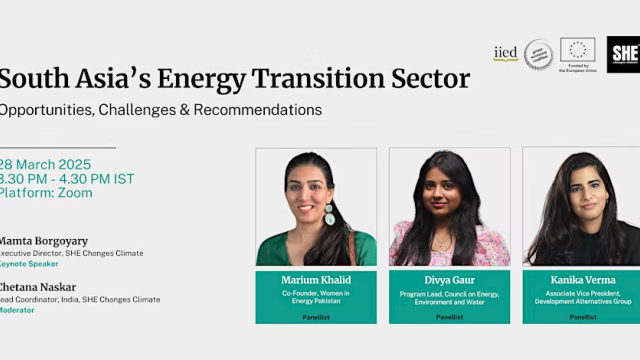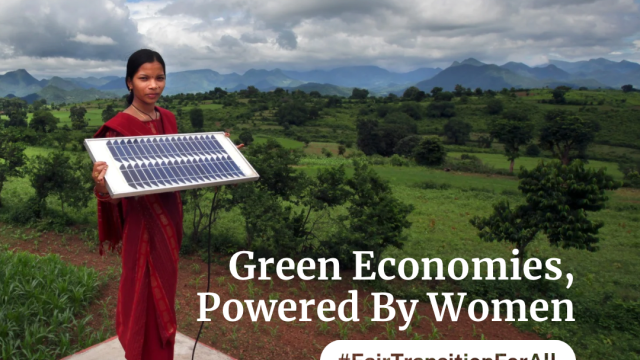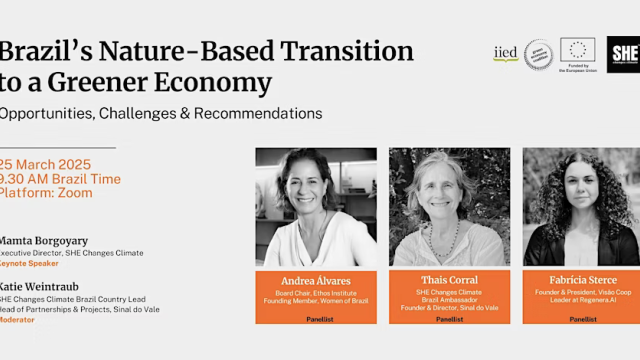How eating sh*t sparked a sanitation revolution
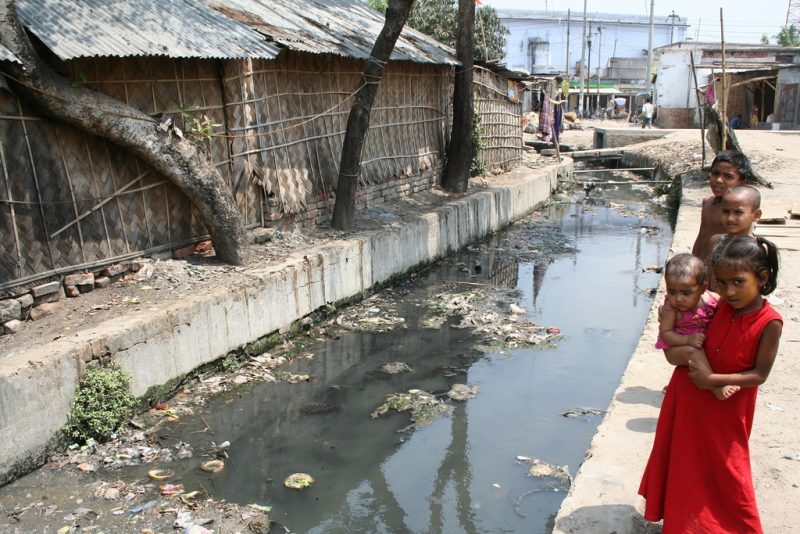
To mark World Water Day, the GEC's own Stuart Worsley explores how local ownership has helped transform approaches to sanitation in the Global South – and what lessons can be learnt for development programmes around the world.
Getting people to do the right thing is a tricky art. For a start, what is the right thing? And who says so anyway? For generations, “experts” have tried hard to persuade people to do what they deem is good for them. Be they development workers or missionaries, their zeal doesn’t often translate into results, and expert-led development has all too often failed to improve the lives of the world’s poor.
But when solutions come from people themselves, instead of being imposed from above, change is often transformative. Increasingly, the smart money in development is invested in creating demand for change, and allowing communities to empower their own solutions.
There’s no better example of this than “Community-Led Total Sanitation” (CLTS), which is admittedly a bit of a mouthful – in more ways than one. It’s an approach to water and waste which has changed the lives of millions of people in over 60 countries. But to understand how it works and why it’s been so effective, we need to go back a little – to Bangladesh in the 1990s.
An entrenched problem
Twenty years ago, cholera and dysentery were endemic in the region, wiping out entire communities. In poorer towns and villages, sanitary toilets were almost unknown, and the widespread practice of open defecation allowed disease to spread rapidly. In an effort to boost access to clean running water, more than 10 million tube wells were dug across the country, which proved popular with local communities.
However, similar efforts to develop clean toilets seemed stuck in the mud. Engineers designed high-quality latrines on the assumption that, once people saw these, they would build or buy their own. Yet only 1% of all people in rural areas took these up. Cheaper designs, hefty subsidies for construction, and a massive national campaign made some limited headway, but after a few years people abandoned these new latrines and reverted-back to open defaecation. Experts were perplexed. Surely the benefits of using clean, plumbed toilets were obvious?
“ Experts were perplexed. Surely the benefits of using clean, plumbed toilets were obvious?”
But one development practitioner, Kamal Kar, decided to actually go talk to people living in the poorer, remote regions which seemed most resistant to change. He quickly realised that the programme was failing because people had not internalised the need for sanitation. There was, to them, no reason not to defaecate in the open. In fact, many people assumed this was far more hygienic than using plumbed toilets – because waste was being left far from the house.
A queasy realisation
Villagers weren't interested in "experts". But Kamal suspected that something different was possible. Working in a small village, he noted that
“…a little boy, Mussaraff, who was wearing a pair of grubby shorts, his body sweating in the heat of the afternoon, brought our plates of rice and drinking water in greasy, yellowish glasses. I noticed the nimble fingers of Mussaraff dipping into the water when he grabbed the glasses. While eating our food, I asked Mussaraff where he had defaecated that morning. Pointing at a bush behind another jhupri [makeshift restaurant] a distance of about 10 metres, Mussaraff showed us the places he usually did his morning business. None of us dared to ask if he had washed his hands with soap after defaecating.”
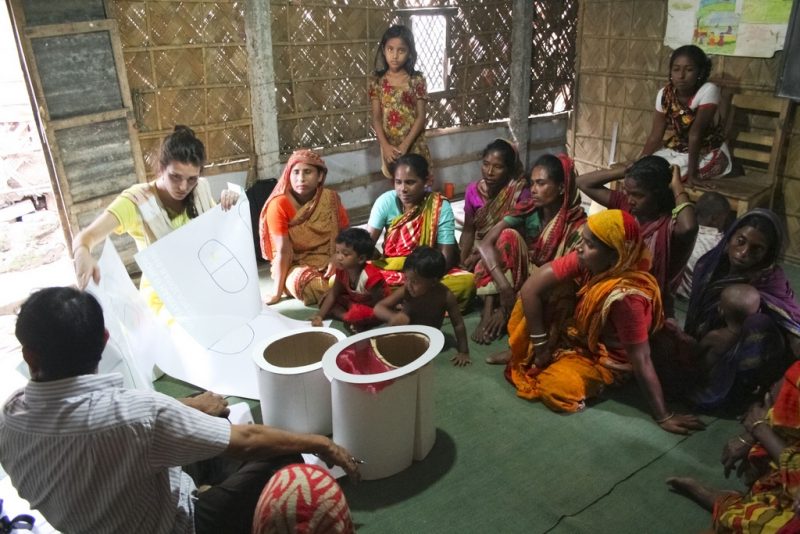
Informed by his conversations with the villagers of Mosmoil, he started a new approach – one that would provide villagers with information, rather than instruction, and allow them to make up their own minds as to how to proceed. It was the birth of Community-Led Total Sanitation (CLTS).
Working together with the community, Kamal helped them to map out where people lived and where they defaecated. Villagers participated in measurements and calculations of just how much poop was being produced by each household and where it was ending up, and led discussions of what was happening to that waste out in the open. Together the village realised, with some queasiness, that “we are eating one another’s shit” – about 10 to 20 grams of the stuff every day, in fact.
A self-organised solution
At first, people blamed each other. But soon, the village realised that this was a communal problem – something they were going to have to deal with together. They started to self-organize to combat open defecation.
This people-led change in perspective is at the heart of the CLTS approach. Communities are not instructed or taught, but facilitators raise awareness through participation, and bring villagers to a rather shocking realisation. This triggering is designed to lead to a moment of ignition: a collective decision to end open defaecation, followed by action. Natural leaders emerge from within the community. People are motivated, committed, and ready to dig holes and build latrines themselves.
Kamal Kar, WaterAid, and local organisation VERC (Village Education Resource Centre) first developed this approach in several villages in Bangladesh. But news of the scheme’s outstanding results travelled fast. WaterAid willingly shared their methods in an ‘open source’ attitude, allowing many new partners around the world join the CLTS approach.
“ Thanks to CLTS, UNICEF estimates that more than ten million people are living in communities that had been declared free of open defaecation in Africa alone.”
The adoption and spread of CLTS has been spectacular. Within two years, the message spread across Asia. In 2003, it was field tested in Uganda and began to take hold in East Africa in 2007. CLTS is now in 28 countries in Africa and has been particularly successful in Nigeria, Ethiopia and Zambia. In mid-2012, UNICEF estimated that almost ten million people were living in communities that had been declared free of open defaecation in Africa alone.
Lessons for the future
This participatory approach has much to teach us about how to bring about real change. It explicitly engages the poorest and most marginalized, and identifies natural leaders to carry the process forward. It is inclusive, and encourages emergent thinking. Networking and an “open source” approach enable people to adapt CTLS to suit their circumstances, developing new solutions to fit within specific country and cultural contexts.
Instead of spending money subsidising toilet units and building materials that villagers don’t feel they need, CLTS invests in creating demand and enthusiasm. When communities feel ownership of their new toilets – because they understand why they are important, and have built them themselves – then they will continue to be used and maintained. It’s a powerful example of why investing in learning and dialogue with communities is so vital for success, and how a local movement (ahem) can inspire global change.
- Stuart Worsley, GEC
Image: "Drain? Or Toilet?" (CC BY 2.0) by Sustainable sanitation
